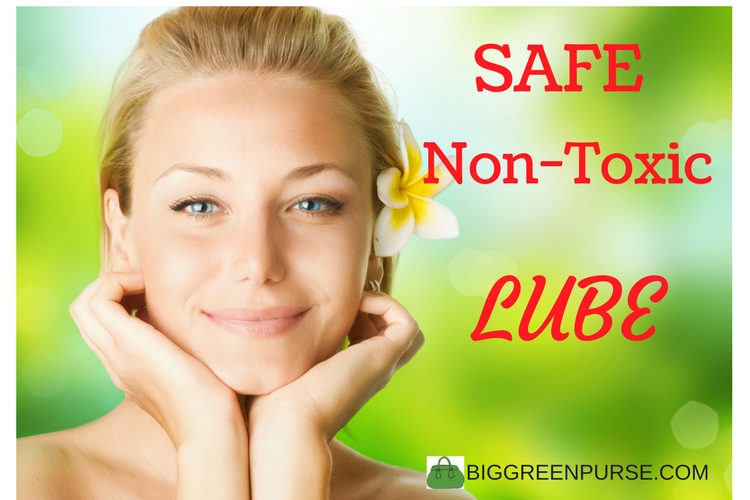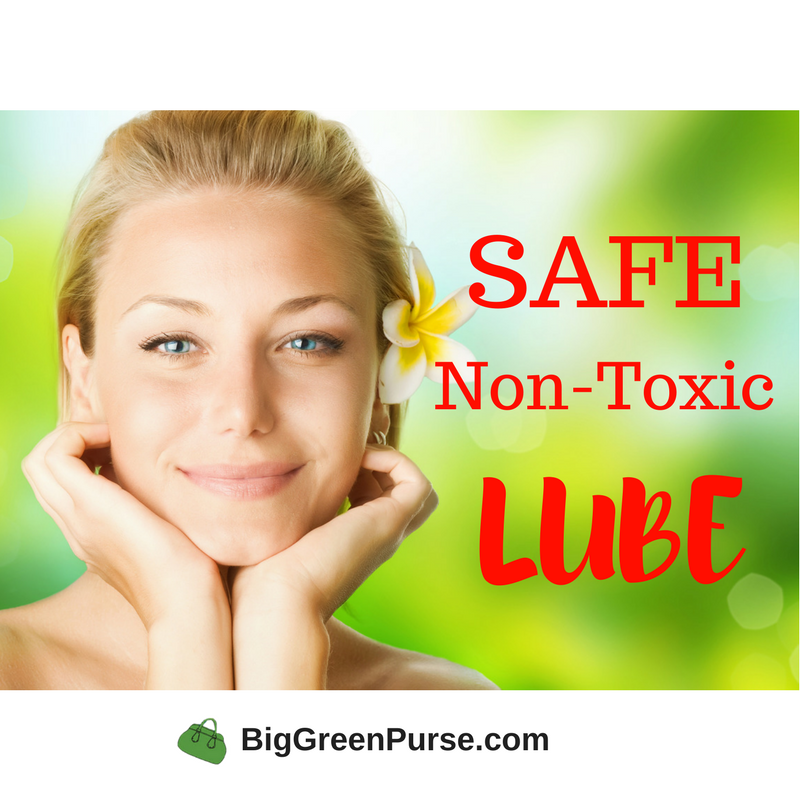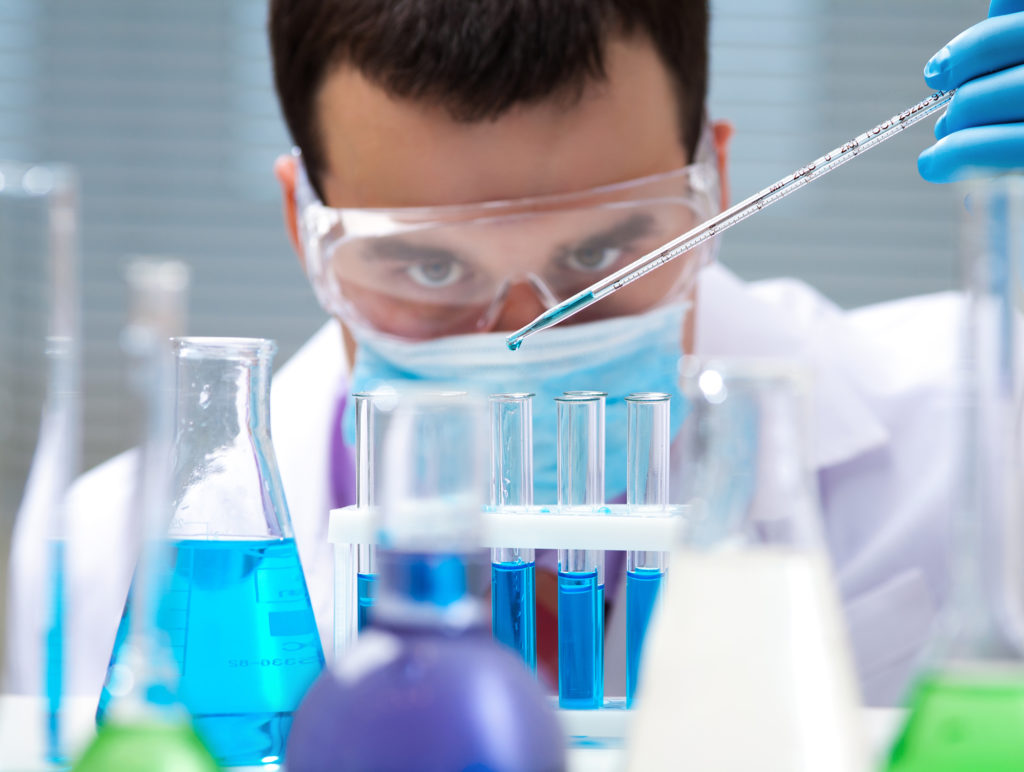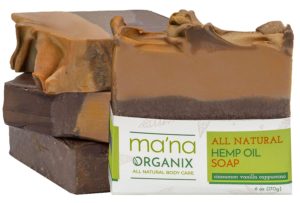
It’s one thing to put toxic chemicals on your skin. But to put them right inside your body? Depending on their ingredients, you could be setting yourself up for a big chemical no-no . That’s why shifting to safe non-toxic lube should be just as important as buying non-toxic shampoo, soap, or skin lotion.
We’ve teamed up with Lubezilla, an online marketplace that sells water-based organic lubricants, to bring you the latest news on what’s in most lubes – and what shouldn’t be. Here’s the skinny.
What’s In Most Lubes – and Why Does It Matter?
Your vagina may be the most sensitive—and fragile—part of your body. Lubes can help reduce sensitivity by reducing vaginal dryness and friction, making it easier and healthier to enjoy sex. All good.

Women’s Voices for the Earth, which has issued a new report on safe, non-toxic lube, says that vaginal cells can “shrivel up in an attempt to dilute the foreign lubricant gel” when it is constituted so differently from normal vaginal secretions.
Using one kind of lube one time generally won’t create a problem. But as with other personal care products, its repeated use over months or years could dry out the vagina and add to the build-up of the lube’s chemicals in our bodies.
Women’s Voices looked at the research, including recommendations from The World Health Organization. They concluded that it’s best to choose lubricants that match the pH level of the vagina and that have low “osmolality” while avoiding lubes that contain 4 specific toxic chemicals.
Here’s what that means.
What’s pH? And that other thing…
The pH level generally refers to how acidic or alkaline a product is. The lower the number, the more acidic the products is. WHO says lubes should generally be in the range of 3.8-4.5.
Osmolality refers to a substance’s ability to draw moisture out of tissues and cells. If a lube has higher osmolality than normal, which is below 1200 mPsm/kg, the vagina can literally shrivel up because the moisture in vaginal cells is pulled out.
Bottom Line: Look for lubes with a pH in the range of 3.8 – 4.5, and osmolality levels below 1200.
4 Toxic Chemicals in Lube
“Harsh chemical ingredients found in lubricants can also be toxic to vaginal tissue” and the balance of microorganisms that naturally inhabit the vagina,” reports Women’s Voices.
The 4 chemicals to avoid in particular are:
Chlorhexidine gluconate – A disinfectant that can actually kill off lactobacillus bacteria, which keep the vagina healthy
Parabens, like methylparaben and propylparaben – You’ve seen – and avoided parabens before. In the vagina, they can irritate the mucous membranes and cause rashes. Ironically, though paraben-laden lubes are supposed to make sex easier, they could also lead to fertility problems and disrupt your endocrine system.
Cyclomethicone, cyclopentasiloxane, cyclotetrasiloxane – These chemicals are found in silicone-based lubricants. They’ve also been linked to reproductive harm and uterine cancer in animal studies.
Undisclosed flavors or fragrances – Beware the generic term “flavor” or “fragrance” or “aroma” in your lube. The chemical cocktails used to concoct flavors and fragrances could include carcinogens, reproductive toxins and allergens.
Women’s Voices recommends against choosing lubes that offer “warming,” “tingling,” or colors, since those could also contain unnecessary and questionable chemicals.
What Safe Non-Toxic Lube Can You Buy?
Lubezilla offers a couple of brands of lubes on its site that can be found on the Women’s Voices comparison chart. Those include:
Durex Play Soothing (slightly outside the osmolality bounds, but within the ph limits)
Lubezilla also sells a line of organic, plant- and water-based lubes that the manufacturers say are free of parabens, glycerin, and petrochemicals, as well as added alcohol, silicone, fragrances and dyes, plus “pH balanced just for women.” Some of these even use stevia extract, a sweetener derived from the stevia plant, in place of synthetic flavors.
By the way, you can find more tips for non-toxic safe sex from Women’s Voices here.
Note: Paid sponsors enable us to bring you the expert product reviews and green living information you want at no extra cost to you. We never recommend products, services or manufacturers that don’t meet our criteria for environmental responsibility. Thanks.


















